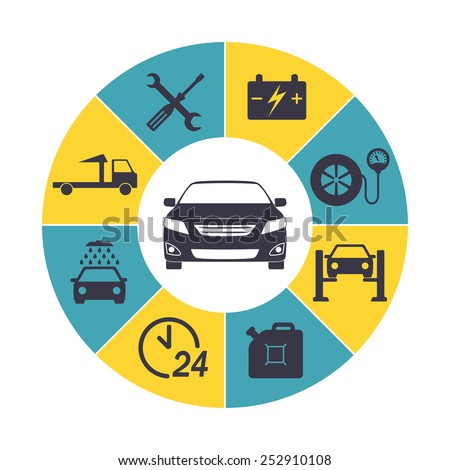Wish To Discover More Concerning The Caution Lights On Your Dashboard? Discover What They Indicate Concerning Your Automobile'S Health And Safety
Wish To Discover More Concerning The Caution Lights On Your Dashboard? Discover What They Indicate Concerning Your Automobile'S Health And Safety
Blog Article
Composed By-Vinson Winters
When you're behind the wheel, those glowing caution lights on your dashboard can be a bit bewildering. Do you understand what they're attempting to tell you about your cars and truck's health? Understanding the importance of these lights is crucial for your security and the long life of your vehicle. So, the following time among those lights pops up, would not you wish to decipher its message accurately and take the required actions to address it?
Common Warning Lighting and Interpretations
Recognize typical warning lights in your auto and comprehend their definitions to make sure secure driving.
One of the most common caution lights include the check engine light, which indicates concerns with the engine or emissions system. If this light begins, it's important to have your automobile inspected promptly.
The oil pressure warning light suggests low oil stress, requiring prompt attention to stop engine damage.
A blinking battery light may suggest a damaged charging system, possibly leaving you stranded otherwise attended to.
cardetailingauckland monitoring system (TPMS) light signals you to low tire stress, impacting vehicle stability and fuel efficiency. Overlooking this could cause unsafe driving problems.
The abdominal light shows an issue with the anti-lock stopping system, endangering your ability to quit rapidly in emergencies.
Finally, the coolant temperature alerting light warns of engine getting too hot, which can result in serious damage otherwise fixed swiftly.
Recognizing these typical warning lights will certainly aid you address concerns promptly and maintain risk-free driving conditions.
Significance of Prompt Focus
Comprehending the common caution lights in your vehicle is just the primary step; the value of promptly dealing with these warnings can not be stressed sufficient to guarantee your safety on the road.
When a caution light brightens on your control panel, it's your car's method of connecting a possible problem that requires interest. Overlooking https://cheapoilchange85162.ourcodeblog.com/31357315/often-held-misunderstandings-about-auto-repair-work-explained can lead to extra serious problems later on, compromising your safety and potentially costing you extra out of commission.
Motivate attention to advising lights can avoid failures and accidents. For instance, a blinking check engine light could show a misfire that, if left ignored, can trigger damage to the catalytic converter. Resolving this immediately can save you from an expensive fixing.
Likewise, a brake system alerting light may indicate reduced brake fluid or worn brake pads, crucial components for your safety and security when driving.
Do It Yourself Troubleshooting Tips
If you notice a warning light on your control panel, there are a few do it yourself repairing pointers you can try before looking for professional assistance.
The first step is to consult your automobile's handbook to comprehend what the particular caution light suggests. Sometimes the problem can be as straightforward as a loose gas cap causing the check engine light. Tightening the gas cap may deal with the issue.
An additional typical issue is a low battery, which can cause different warning lights. Inspecting the battery connections for deterioration and ensuring they're secure may fix the problem.
If a warning light persists, you can attempt resetting it by disconnecting the car's battery for a few minutes and afterwards reconnecting it. In addition, checking your lorry's fluid levels, such as oil, coolant, and brake fluid, can help repair warning lights connected to these systems.
Final thought
Finally, understanding your car's caution lights is important for keeping your vehicle running smoothly and safely. By without delay dealing with these alerts and recognizing what they mean, you can prevent expensive fixings and prospective failures.
Keep in mind to consult your car's manual for certain details on each cautioning light and act accordingly to ensure a trouble-free driving experience.
Stay notified, stay risk-free when driving!
